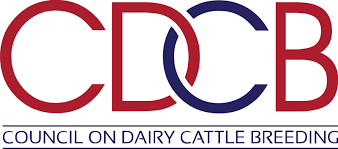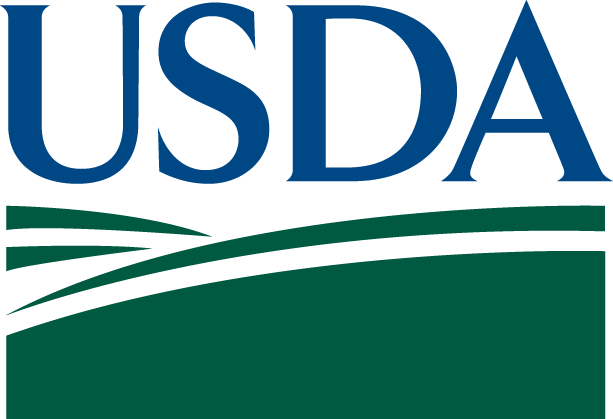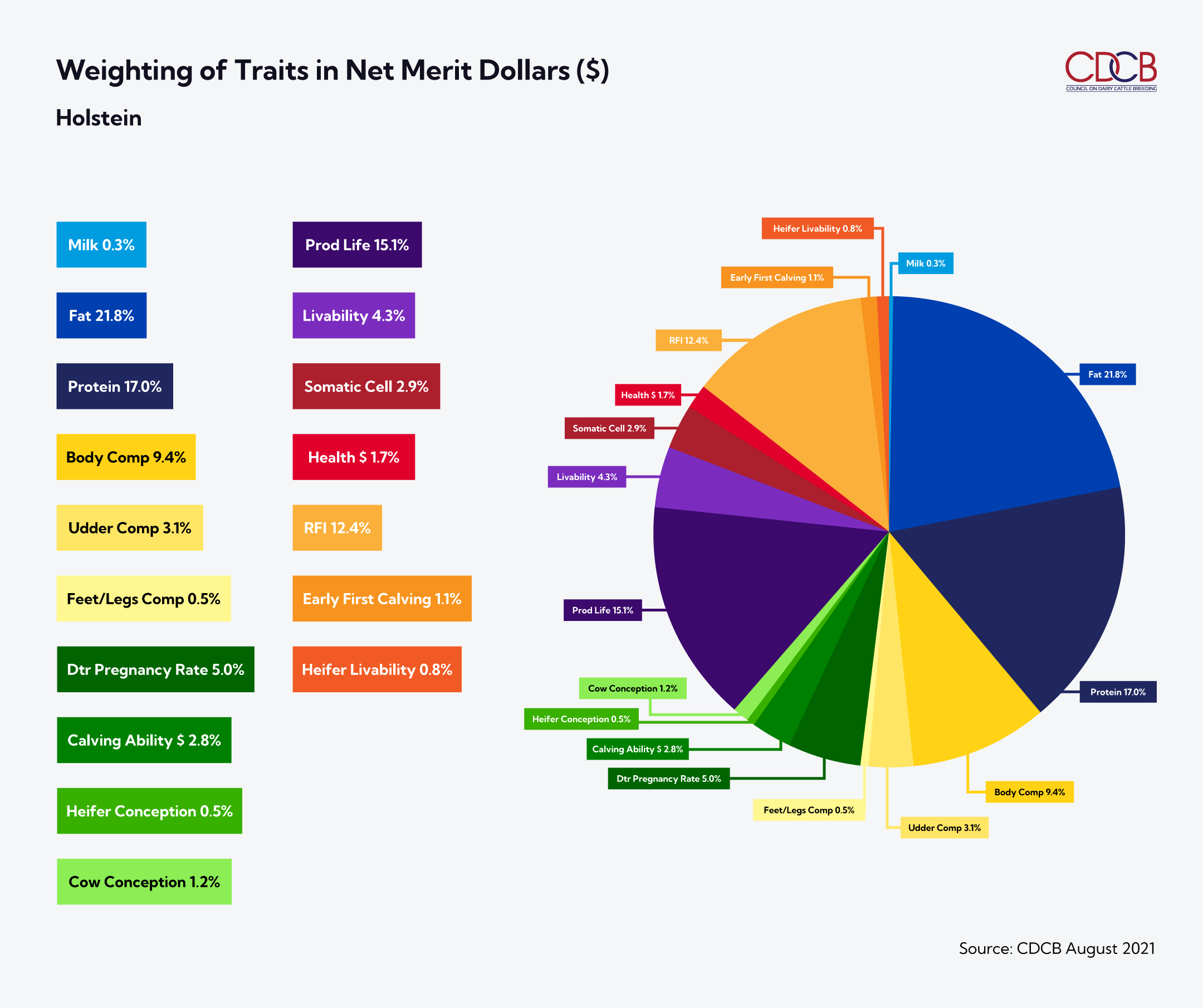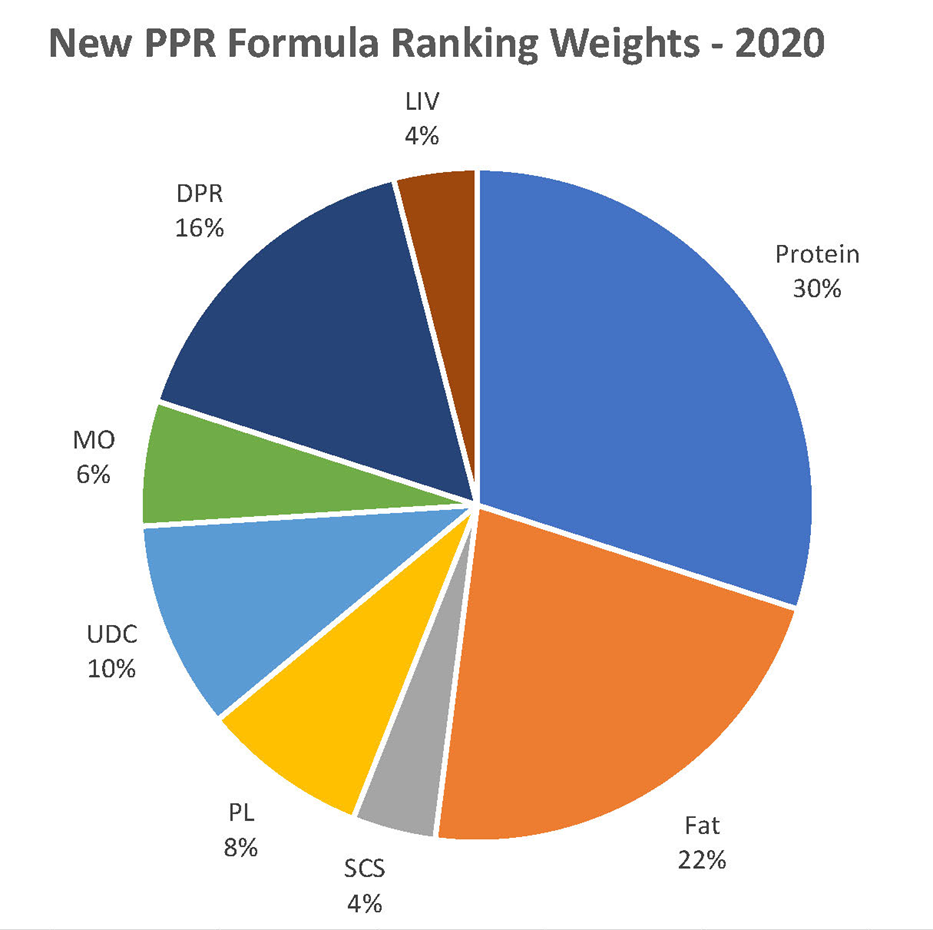In 2013, the Council on Dairy Cattle Breeding (CDCB) assumed full responsibility to maintain the national cooperator database, compute results and distribute genomic and genetic evaluations. Previously the United States Department of Agriculture performed these service functions. A Non-funded Cooperative Agreement implemented on March 27, 2013, clarified that USDA would focus on world-class genetic research and CDCB was responsible for the U.S. database and genetic evaluations.




